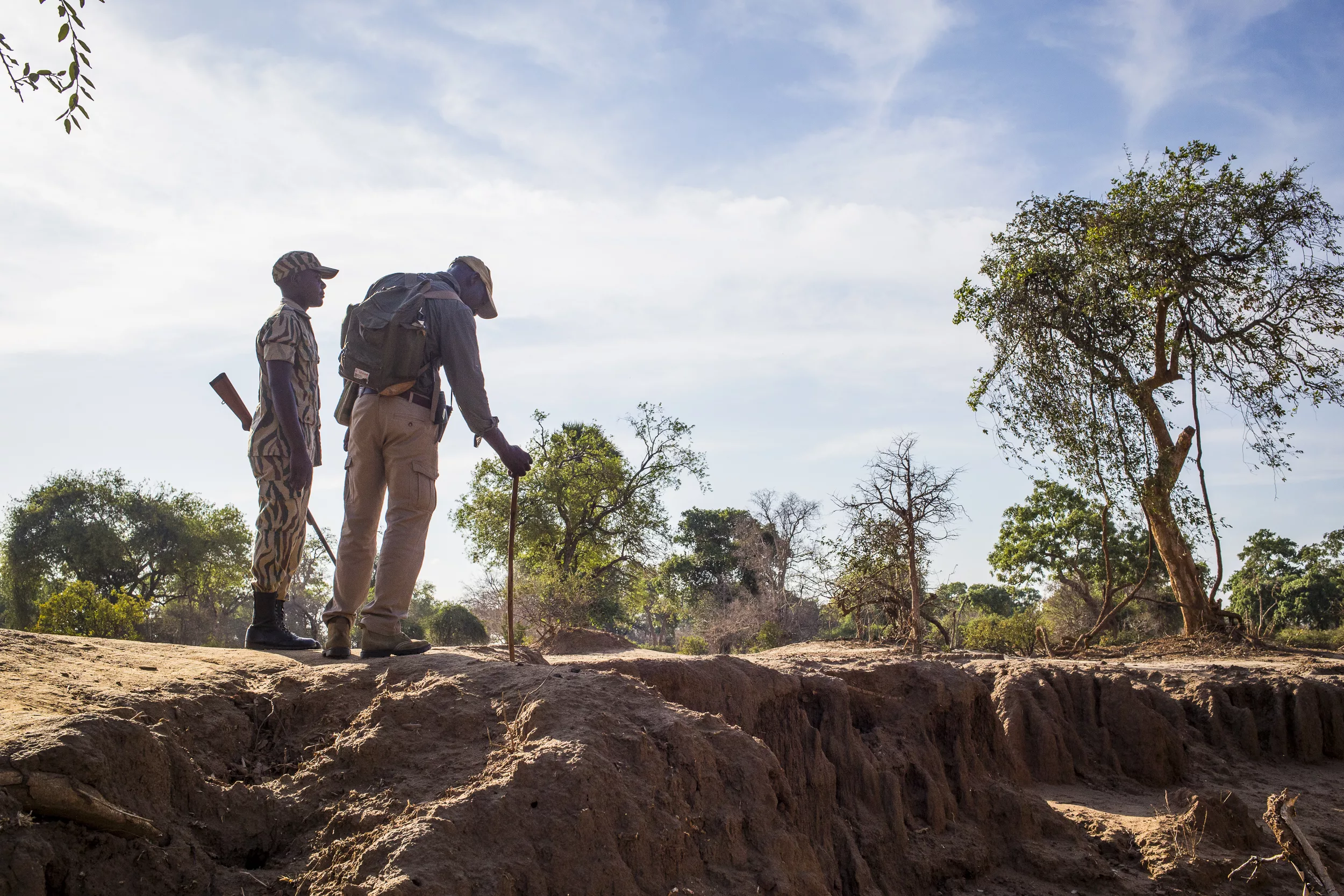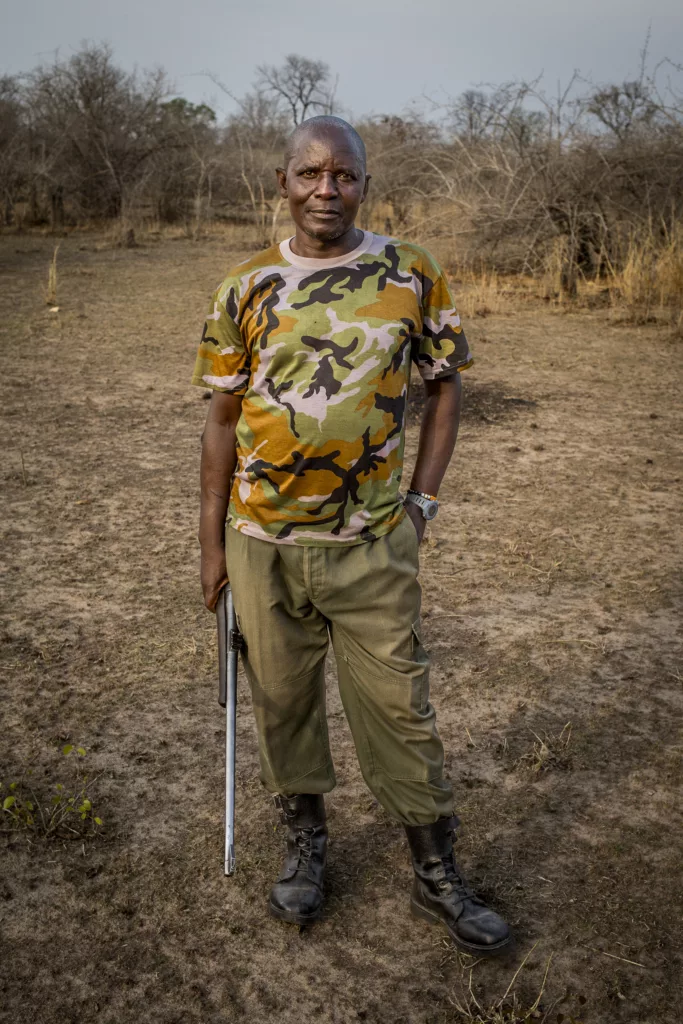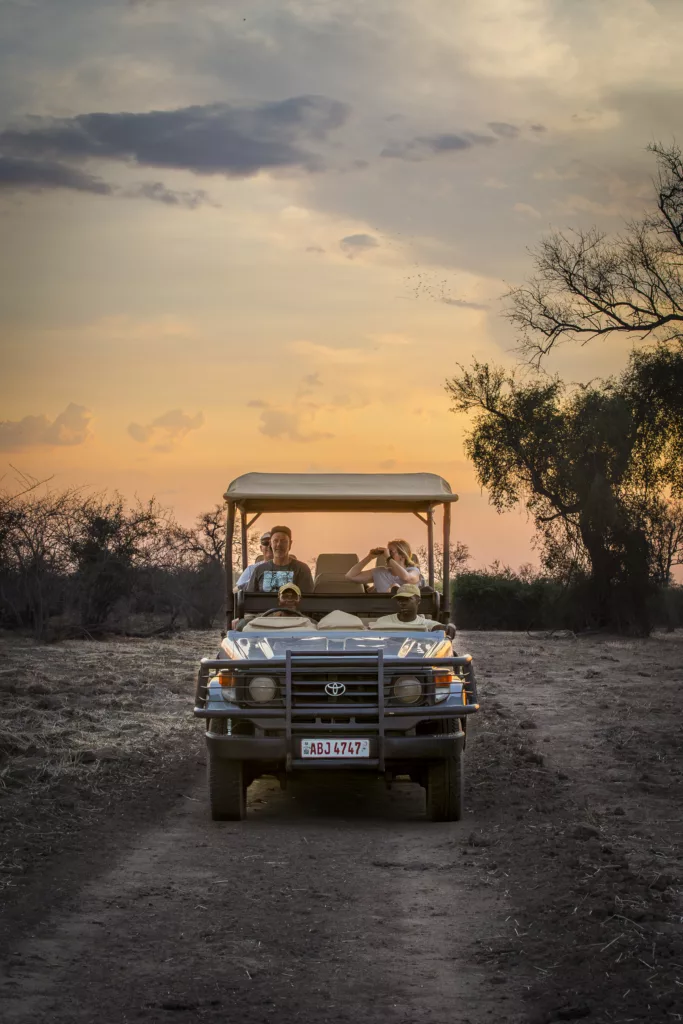How Safe are African Safaris?


The deaths of two women during a walking safari in Zambia’s South Luangwa National Park in July 2025 have shocked and saddened safari lovers. The British and New Zealand tourists were killed by a female elephant with a calf, triggering concerns about safari safety following an unusual clustering of incidents in recent years.
These deaths, while deeply tragic, have been an opportunity for me to reexamine the statistical risks of safaris for my clients who are questioning their next trip to Africa.
Perhaps most surprisingly, safari tourism proves significantly safer than visiting major urban tourist destinations.
Despite widespread perceptions of danger, African safari tourism maintains one of the most impressive safety records in the adventure tourism industry. Comprehensive online research spanning the past 25 years reveals that with approximately 3-5 million safari tourists visiting Africa annually, the sector records only 1-2 deaths per year from wildlife encounters. This translates to an extraordinarily low fatality rate, meaning safari participants face roughly one chance in two million of a fatal wildlife encounter.
To put this in perspective, safari tourism is statistically safer than many activities tourists regularly engage in without concern. The data shows safari tourism has 0.5-1.0 deaths per million participants, compared to scuba diving (1.8 deaths per million), rock climbing (6 deaths per million), and mountain climbing (3,000-27,000 deaths per million depending on the mountain). Perhaps most surprisingly, safari tourism proves significantly safer than visiting major urban tourist destinations: Las Vegas records 48.2 deaths per million tourists annually, while even Disney Parks, renowned for their safety protocols, register 1.8 deaths per million visitors.
Over the past 25 years, documented incidents reveal clear patterns that help illuminate where risks lie. Elephants account for approximately 50% of wildlife-related fatalities, with female elephants protecting calves representing the highest-risk scenario. Hippos and lions each contribute roughly 12% of incidents, while terrorist attacks, though very rare, have caused some of the worst individual incidents.
The distinction between walking safaris and vehicle-based safaris is important for understanding risk levels. Walking safaris, while offering unparalleled wildlife experiences, do carry elevated risks due to direct exposure to wildlife. However, countries like Zambia maintain rigorous safety standards with mandatory two-year guide training programs and armed scout accompaniment. Most walking safari incidents involve failures to follow established protocols rather than inherent flaws in the activity itself.
Vehicle-based safaris demonstrate even lower incident rates, with most fatalities occurring when tourists exit vehicles against direction. A telling example occurred in 2024 at South Africa’s Pilanesberg National Park, where a Spanish tourist left his vehicle against protocol to photograph elephants and was subsequently trampled – an entirely preventable tragedy.
Current data reveals Zambia as having the highest concentration of recent incidents, with five documented cases since 2000. However, this should be viewed in context: Zambia remains one of Africa’s premier walking safari destinations precisely because of its generally excellent safety standards and pristine wildlife experiences.
The years 2024-2025 have witnessed an unusual clustering of incidents across multiple countries, with eight recorded fatalities, significantly above the typical annual average. This uptick may reflect several factors, including increased tourism volumes, potential changes in wildlife behavior patterns, and possibly coincidental statistical clustering that occurs in small-number datasets. It is also worth noting that many recent incidents involved travelers over the age of 65, which raises questions about whether there should be more stringent fitness requirements for walking safaris.
The safari industry has undergone remarkable safety improvements over the past two and a half decades. Modern operations integrate GPS tracking, satellite communication systems, and real-time weather monitoring to maintain constant awareness of conditions and tourist locations. Professional guide training has evolved from basic wildlife knowledge to comprehensive certification programs covering wildlife behavior, emergency medical response, and crisis management.
Emergency response capabilities have transformed dramatically, with many operators now providing medical evacuation services and maintaining sophisticated communication networks. Regulatory frameworks have strengthened across most African safari destinations, with government oversight and industry association standards creating accountability structures that didn’t exist decades ago.
This is one reason I don’t cut corners on price and only work with well-established companies with extensive safety records.
While the overall statistics are reassuring, walking safaris do require honest acknowledgment of elevated risks compared to vehicle-based tourism. The recent South Luangwa incident illustrates that even experienced guides can encounter dangerous situations when wildlife behavior is unpredictable.
However, this risk must be contextualized: thousands of walking safaris occur annually across Africa without incident. The key lies in choosing operators with exemplary safety records, verified guide credentials, and comprehensive insurance coverage. This is one reason I don’t cut corners on price and only work with well-established companies with extensive safety records.


For travelers considering a safari, the statistical evidence strongly supports participation while emphasizing the importance of choosing reputable operators and following safety protocols. The fundamental rule – never leave vehicles unless in designated safe areas under guide supervision – prevents the majority of vehicle safari incidents. For walking safaris, selecting operators with gold-standard training and maintaining appropriate distances from wildlife are essential.
The industry’s improvement in safety protocols, combined with decades of accumulated expertise in wildlife behavior and risk management, has created systems that provide remarkable protection for people seeking authentic African wildlife experiences. While the recent incidents in Zambia and elsewhere serve as sobering reminders that wildlife encounters carry inherent unpredictability, they occur within a context of millions of successful safari experiences.
The tragedy of the South Luangwa deaths reminds us that wildlife encounters, however well-managed, involve risks that cannot be completely eliminated. However, the comprehensive data reveal safari tourism as one of the safest forms of adventure travel available. The recent clustering of incidents warrants continued vigilance, but I still feel confident in the safety of our experienced operators around across the continent.
We combine expert knowlege with creative itineraries to make your travel dreams a reality. Contact us for a free consultation.

Get monthly travel news, destination guides, and seasonal offers delivered to your inbox.